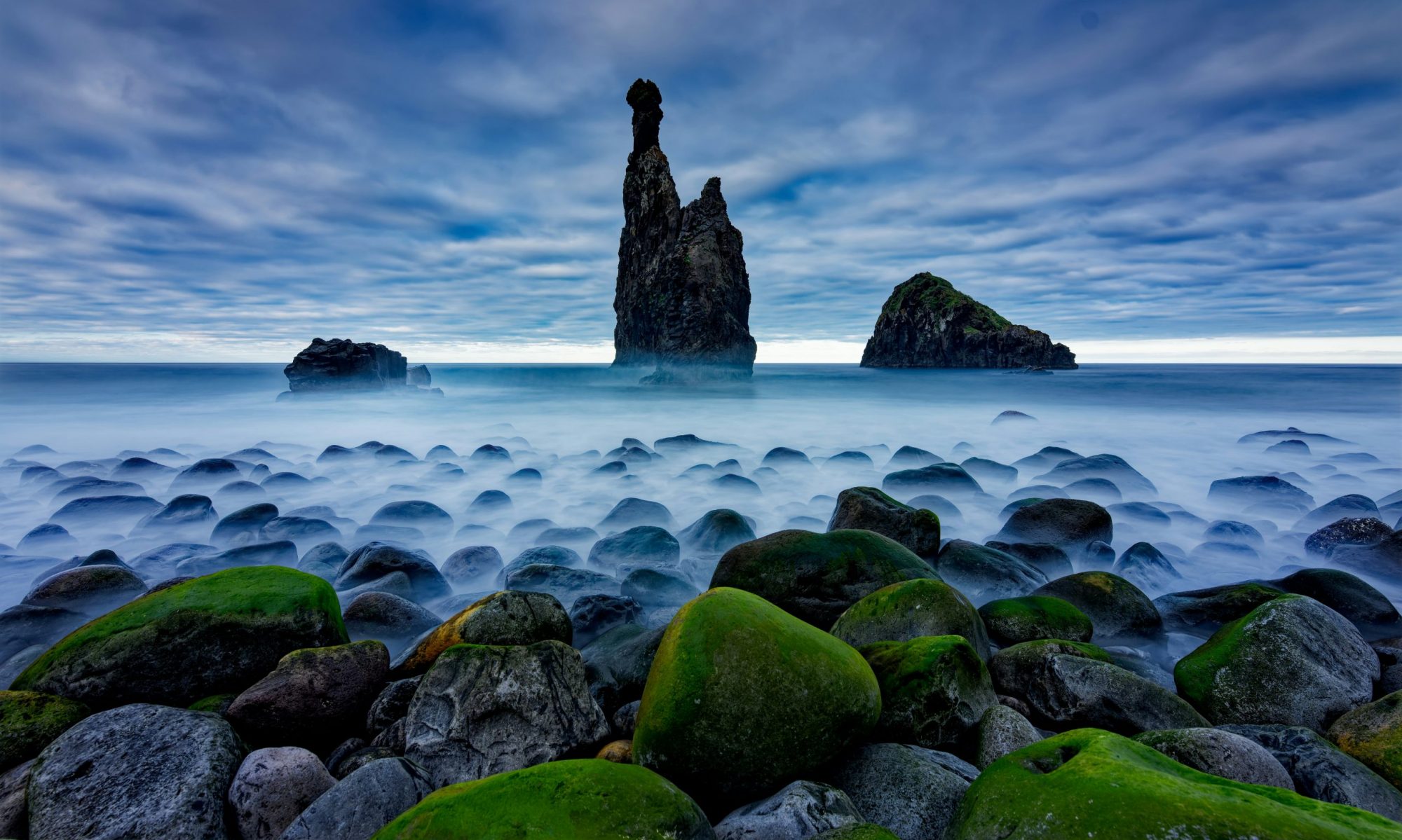Editor’s Note
The Greek philosopher Heraclitus once said, ‘No man ever steps in the same river twice, for it’s not the same river and he’s not the same man.’ Similarly, this is not the same Vice-Versa, for reasons beyond my not being the same editor as previous issues. For one, the times are quite different, this being a year into the genocide in Gaza and several weeks after the turmoil of the recent US Presidential election.
But like the diversity of the bodies of water represented by the contributors within—the Mānoa Stream and ‘āina of the Kingdom of Hawai’i, Snohomish River, San Francisco Bay, my own Rio Grande de la Pampanga, the more well-known Rio Grande of Turtle Island, and others—this issue contains a diverse wealth of creativity and art in varying and hybrid genres, including memoir, fiction, non-fiction, poetry, graphic poetry, and calligraphy.
During a time filled with existential dread about conflicts over borders or artificial lines on a map separating the recent invention of nation-states such as the South China Sea, Taiwan Strait, Ukraine (whose name itself means “borderland”), occupied Palestine and the settler entity “Israel,” the US-Mexico border wall, and many others, it is important to remember that water moves – always changing, always in-between, always turning with the ebb and flow. In an adjacent current to Gloria Anzaldúa’s Borderlands/La Frontera, we see potential in many of these dimensions of historical and spatial in-betweenness and hybridity, border waters as a bridge more than a barrier.
Several thematic pieces in this issue deconstruct borders and interrogate historical events. Kara Briggs’ poetry examines cross-cultural dialogue and the intimate bonds it fosters, including the ways “strangers” form close, enduring friendships that pass along generational lines. Her work also explores what happens when our government forfeits the rights of people in times of danger or war (“Internment”). Her new poetry collection, Rivers in My Veins, includes the 2024 James Welch Prize winner, “Acknowledgement Two.”
Emily Viglielmo’s “Veteran” in Post-WW2 Japan provides an extraordinary account of the tension-filled role of the translator/arbitrator in situations where U.S. military power holds sway over innocent people. Emily’s father was a kind of stranger in the military circumstances he found himself in, but he carved out an important role as a translator–a person who could communicate with the residents of Occupied Japan.
Shawna Yang Ryan has published two award winning novels, Water Ghosts (2009) and Green Island (2016). In this excerpt, “41st Year of Meiji,” she transports us to 1908 Taiwan during the Japanese colonial period, a moment when moving pictures arrive and change a young boy’s life.
Chicana poet Amanda Galvan Huynh’s complicated and tender moments feature sisters and mothers, including an homage to the iconic “Queen of Tejano Music,” Selena. Like other multicultural and mixed race writers from diverse families in this issue, Huynh’s parents are immigrants to the United States.
Pat Matsueda brings an excerpt from her novella that reflects recent developments in Unidentified Anomalous Phenomena. In this passage, Isaac Silva, a filmmaker from UH’s Academy for Creative Media, has been hired to document UAP activity in Mexico.
I am grateful for Linda Liem’s memoir, which explores growing up during the war in her native Vietnam, her subsequent migration across the Pacific to Hawaiʻi, and professional life serving as a nurse with Samoan and Pasifika communities.
Both Joseph Stanton and Wendi White nurture and share poetic verses interwoven with native Hawaiian places, flora, and fauna—as Joseph says, from “the high blue and orange of day-ending sky” in one of his pieces, to as Wendi says, “ridgetop rain / making its long descent into the puʻuwai” in her forthcoming debut collection, Turtle Island Rising.
Midori Fujioka contributes lush brushwork that captures water movements in ink on washi. An excerpt from her UHM Ph.D. dissertation work-in-progress, “The Calligrapher from Kailua,” takes place on a train from LA to San Francisco while a poem that meditates on four sages of Japanese film work side-by-side echoing, mirroring art.
Despite a lack of obvious markers to my mixed ethnicity, the two poems I include in this issue reflect this borderland hybridity with a caesura or “river break” going down the page. This is a nod to both my Kapampangan (an ethnic group in Luzon in the Philippines whose name means “people of the riverbank”) heritage as well as my Dutch last name (Vermaas coming from people who lived near the Maas or Meuse River).
My gratitude goes to these nine writers for their engaging and illuminating work. Everyone is significantly tied to Hawaiʻi, including three University of Hawaiʻi at Mānoa graduate students in the English department’s creative writing program. I’ve enjoyed working with these nine contributors and realizing our collective vision in this edition of Vice-Versa.
Banner: Photo by Colin Watts on Unsplash
